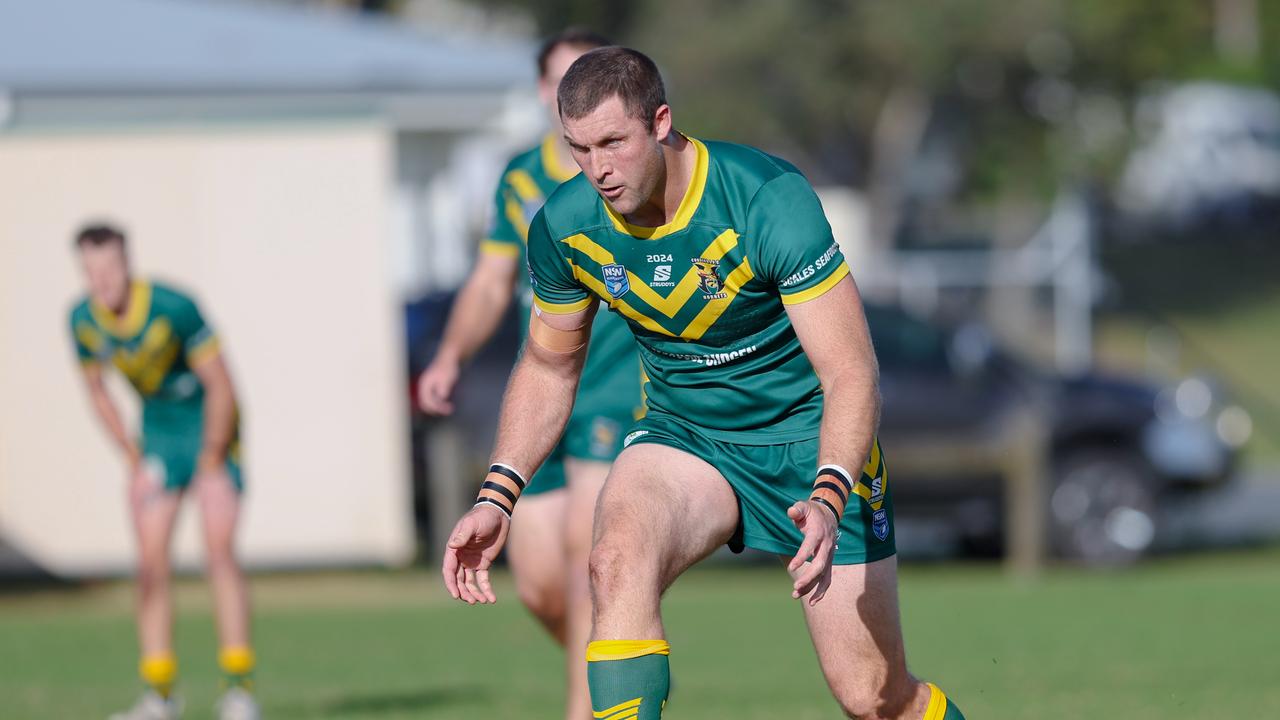Vote for the Clarence Valley’s greatest sports stars of all time
Grafton and the Clarence Valley have a long history of producing world-champion sports stars. See who made our list of the region’s greatest sportspeople of all time.
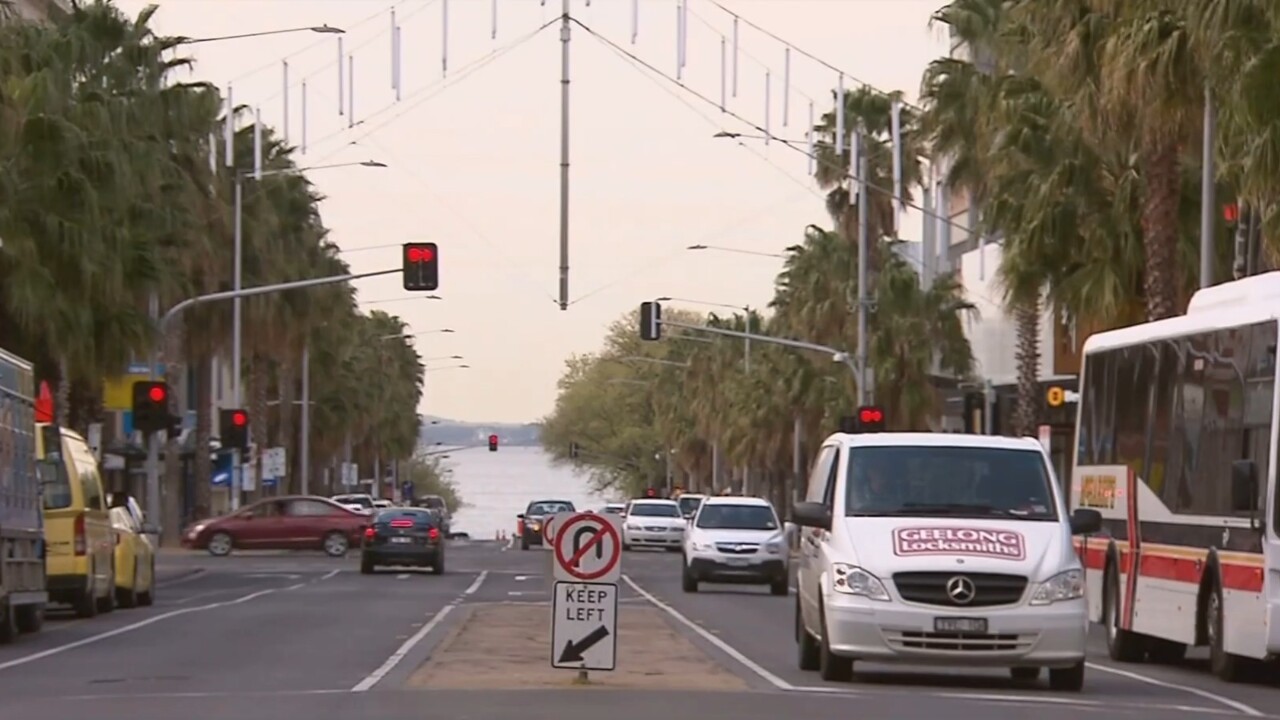
Local Sport
Don't miss out on the headlines from Local Sport. Followed categories will be added to My News.
The Clarence Valley can lay claim to some of the greatest athletes Australia has ever seen.
From rugby league and union, to hockey, squash and all sorts of water sports, the region has produced countless sports stars who have mixed it with the world’s best.
We have trawled through the record books and spoken to those in the know to compile a list of the top 20 sportspeople from the region.
See the full list below, and don’t forget to vote on you think should be number one.
Zoe Buckman
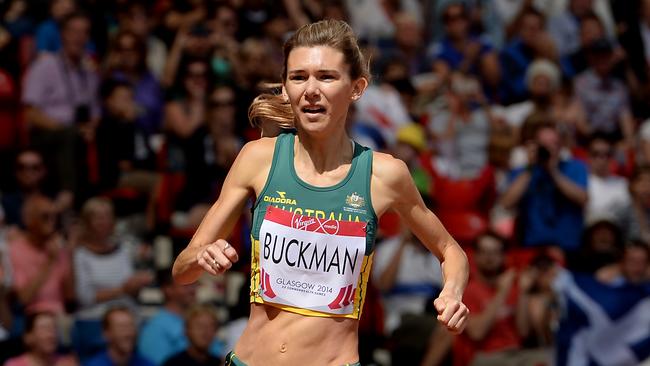
The Grafton-born distance runner is a veteran of two Olympics and two Commonwealth Games.
While she has competed in the 400 metres, 800 metres and 5000 metres throughout her career, the 33-year-old has had the most success in the 1500-metre event, where she is a three-time national champion.
It was in this event that she qualified for the 2012 and 2016 Olympics in London and Rio de Janeiro, making the semi-finals in both.
In 2013 Buckman created history by becoming the first Australian to qualify for the final of the 1500 metres of an IAAF World Championships. In fact, the Graftonian actually qualified fastest before finishing seventh in the final.
Joe Busch
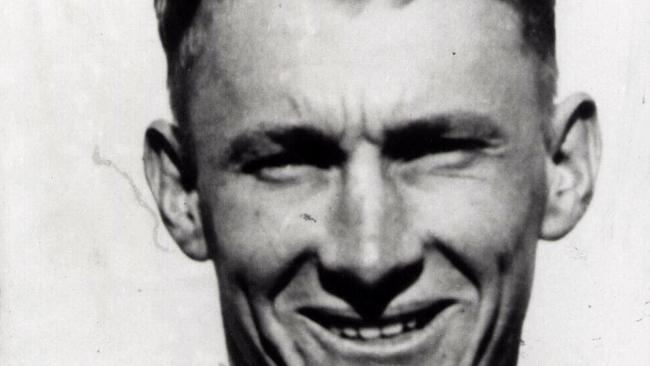
Perhaps not as well known to modern rugby league fans, Joe Busch is one of the game’s greatest ever players who was loved and celebrated in both Australia and England.
Legend has it that scouts from Sydney first came across a 19-year-old “Chimpy” playing barefoot on Harwood Island back in 1926. So impressed with what they saw, they invited him to Sydney to trial with Eastern Suburbs.
The trial obviously went well, and within two years he was playing halfback for both NSW and Australia.
A lightning fast player who could throw a bullet-like pass, Busch was selected for Australia on the 1929/30 Kangaroo tour of Britain.
At the conclusion of the tour he was offered a contract with Yorkshire club Leeds that purportedly included a £1000 sign-on fee.
He spent five years in England before returning to Australia to captain-coach Balmain in 1935. After retirement, Busch remained involved in rugby league, becoming a national selector in 1945.
In 1999 Busch died at the age of 91, and in 2008 he was selected in the ARL and NRL’s list of Australia’s 100 greatest players to celebrate 100 years of the code in the country.
David Cameron
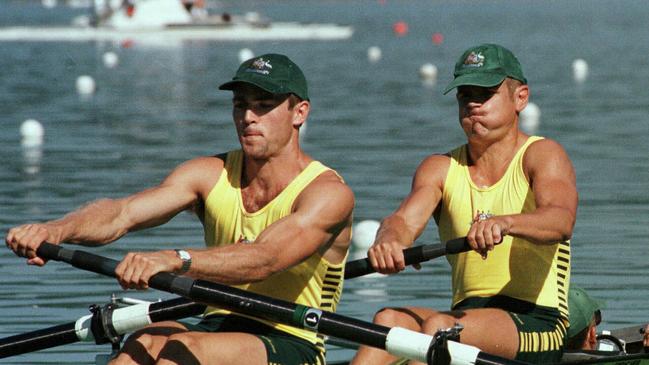
A junior rowing champion rower who went within six one hundredths of a second of a world title, Cameron is one of the many Clarence Valley athletes to excel on the water.
Growing up at Maclean, Cameron started rowing with the Lower Clarence Rowing Club.
A talented junior, at just 18 he won a silver medal at the 1992 Junior Rowing World Championships in Montreal in the coxless pairs, and followed that up by winning the national under 23 men’s single sculls title in 1995.
Cameron carried this strong form into 1996, when he was selected for the Atlanta Olympics in the single sculls event, where he finished 13th.
The following year the Maclean local achieved his career highlight, teaming up with Nick McDonald-Crowley and David Colvin to claim silver in the coxed pairs at the world championships in Aiguebelette, France.
Agonisingly, the Australian team finished just six one hundredths of a second behind the gold-winning Americans.
Cameron has remained involved in rowing, coaching at a number of clubs and schools in Sydney over the past 20 years. Meanwhile last month it was announced that he was elected as a board member for Rowing NSW.
Kane Douglas
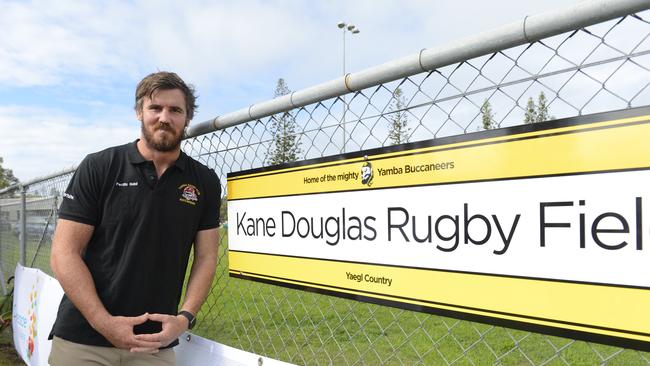
The Douglas name is synonymous with the rugby codes in the Clarence Valley.
The younger brother of 350-game rugby league professional and Scotland international Luke, Kane Douglas forged his own career in the 15-a-side game to represent both state and country.
After impressing with the Yamba Buccaneers as a junior, the lock was picked up by the NSW Waratahs Academy and made his Super Rugby debut at the age of 21.
After becoming a regular starter with the Waratahs, Douglas earned the first of his 33 caps for the Wallabies against Argentina in 2012.
After a season with Irish powerhouse Leinster in European rugby, Douglas returned to Australia with the Queensland Reds.
He fought his way back into the Wallabies’ squad for the 2015 World Cup and started in Australia’s 34-17 final defeat to New Zealand.
A longtime supporter of junior rugby development in the region, in 2017 Yamba’s rugby field no. 2 was named the Kane Douglas Rugby Field in his honour.
John Felton
After a competitive career that spanned nearly two decades and took him over all the world, including to the Olympics, canoeist John Felton has continued to shape the sport in retirement.
Born in Kyogle in 1960 and growing up in Grafton, Felton took up canoeing as a teenager.
He showed plenty of promise, and competed internationally in the late 1970 and early 1980s.
Alongside his brother Brett, he finished fourth in the world championships in 1979, an achievement for which the pair were named joint winners of the Daily Examiner Sports Star of the Year.
Felton then retired from competing internationally, and only made a comeback in 1993 after canoe slalom was admitted in the 1992 Olympics.
Teaming up with Andrew Wilson, Felton qualified for the 1996 Atlanta Olympics, where the pair finished 14th.
While not racing at an elite level these days, Felton is still leaving his mark on the sport as a designer for whitewater courses, having worked as a consultant on courses for the 2000, 2004, 2012, 2016 and 2020 Olympic Games.
John Ferguson
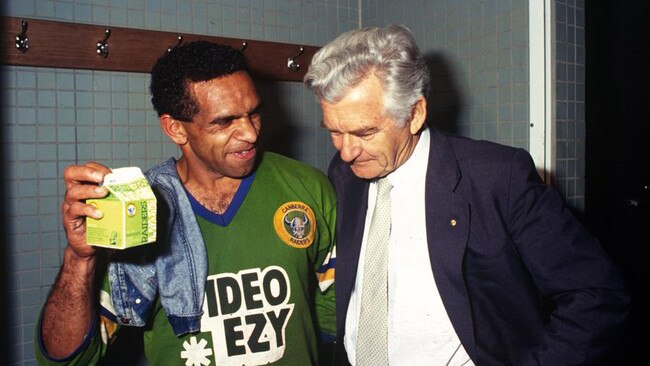
One of the best sports stars to come out of Baryulgil, Ferguson is one of the greatest indigenous rugby league players of all time who achieved everything in the game.
Lighting quick, ‘Chicka’ played for the South Grafton Rebels as a junior before moving to Glenn Innes and then eventually Sydney’s NSWRL.
A prolific tryscorer, Ferguson crossed the stripe 130 times during his 224-game professional career, which saw him play for Newtown, Eastern Suburbs, Wigan and the Canberra Raiders.
While in England he scored two tries in front of 99,000 people at Wembley stadium in Wigan’s 1985 Challenge Cup victory over Hull, in what is often regarded as the greatest cup final in history.
After returning to Australia he was part of the all-conquering Canberra Raiders team that won back-to-back NSWRL titles in 1989 and 1990.
In terms of representative football, Ferguson played three tests for Australia in 1985 and represented NSW eight times, holding the distinction of being the oldest player to take part in a Blues’ origin team at 34 years and 348 days.
In a further sign of the esteem that Ferguson is held as a footballer, in 2008 he was named in rugby league’s indigenous team of the century.
Cheryl Houston (nee Everson)
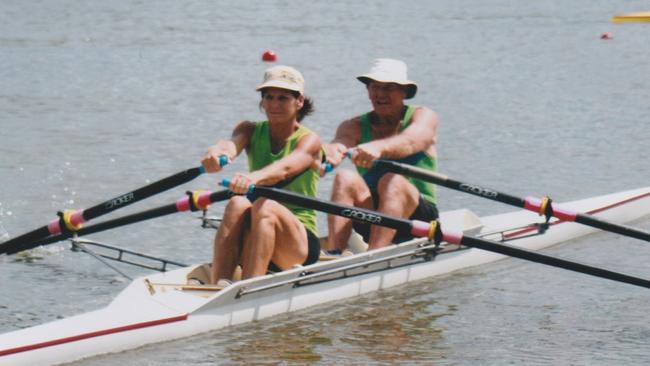
A rowing prodigy with the sport in her blood, Cheryl Houston experienced a meteoric rise from being an unknown student at Maclean High to a national champion inside a matter of months.
It’s perhaps no surprise that Cheryl took up rowing. Her father, Noel, was a champion rower, while she was also a direct descendant of one of Australia’s finest scullers, Henry Searle.
Growing up on the lower Clarence River at Iluka, Cheryl Everson, as she was then known, was a standout sculler, picking up a series of school and club titles throughout her teenage years before a whirlwind 18 months thrust her onto the national stage.
Her first big win came at the Women’s Open Inter-Club Invitation Scratch race held in Lane Cove in 1974 where she beat the best rowers in Sydney.
Later that year, again in an open Sydney field, she won the State Junior Women’s Sculling Championship and the Open Championship on the same day.
Then in 1975 she was selected to represent the state at the national championships in Perth where she went onto to make rowing history by winning three Australian National Championships in one day: the Junior, Lightweight and Open Heavyweight, with her times matching those achieved at Olympic level.
While Houston sadly died in 2015 at the age of 58, her legacy has lived on in the number of young girls and women she coached and inspired over the years through her involvement in the Maclean and Grafton Rowing Clubs.
Gabrielle King
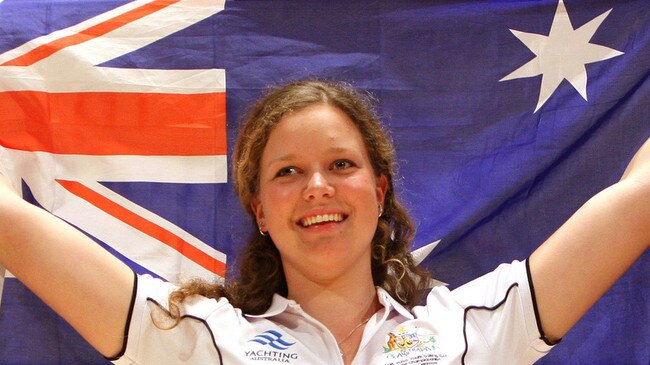
Growing up on the Clarence River, Ashby’s Gabrielle King took the sailing world by storm as a teenager, claiming a series of world and national titles.
It all started when King was 10, when a friend invited her to go sailing – and since then she’s never looked back.
In 2007, aged just 16, King took out the 2007 Volvo Youth Sailing ISAF World Championship in the Laser Radial class, held in Kingston, Canada.
She successfully defended her title a year later in Arhus, Denmark, while also adding the 2008 Laser Radial World Championships Youth Female division to her list in April of that year.
In addition to the world title, she was also a two-time Australia youth champion.
Moving into the open division, King, then just 18, claimed the Australian Laser Champion in 2009 after victory in Fremantle.
For her efforts, she was crowned the Australian Youth Sailor of the Year for two consecutive seasons, in 2007-08 and 2008-09.
Moving to Sydney for university, King has remained involved with sailing, in particular with the Middle Harbour Amateur Sailing Club.
Andy Landenberger
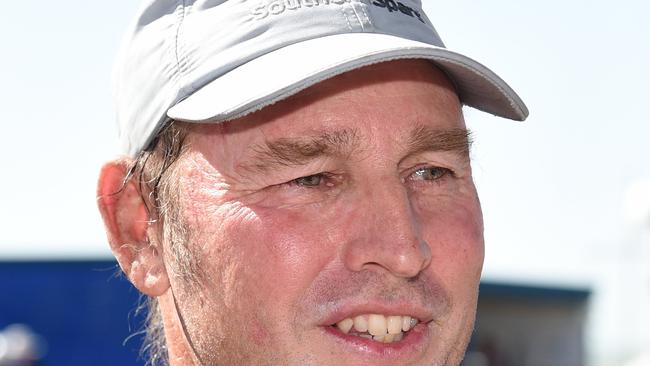
Grafton’s most celebrated sailor of recent decades, Landenberger has showed his skill and ingenuity both on and off the water.
The son of champion sailor Don, Andrew had sailing in his blood from a young age, starting with the Clarence River Sailing Club at just six years old.
A childhood prodigy on the water, Landenberger blew his competition out of water when competing at his local club.
In 1989, aged just 23, he claimed a clean sweep of the state, national and world championships in the Moth Class.
Then in 1996 Landenberger teamed up with Mitch Booth to win a silver medal in the Tornado Class at the Atlanta Olympics.
After the Olympics Landenberger dedicated much of his time to sail making, and in 2001 he founded his own label, Landenberger Onedesign, in Germany, where he was living with his family.
Despite only having time to sail “just for fun”, Landenberger certainly hasn’t lost his touch over the years, winning the Topcat K1 World Championships in 2005 alongside business partner Felix Egner and placing third in the 2006 F18 World Championships.
Landenberger has also sought to give back to the sport he loves. He coached Jason Waterhouse and Lisa Darmanin to a silver medal in the Nacra 17s Multihull division, and is a regular supporter of his first sailing club on the Clarence River.
Jimmy Lisle
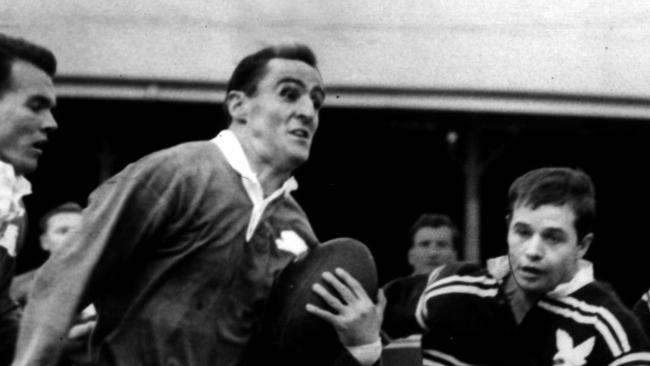
Born in Grafton in 1939, Ronald James “Jimmy” Lisle was a dual international who pulled on the green and gold in both rugby union and rugby league.
A promising junior, Lisle was a champion schoolboy athlete at Grafton High and was part of the Grafton All Blacks under 18 premiership-winning team in the 1956 Group One rugby league competition.
Lisle then switched cities and codes, moving to Sydney in to play rugby union as either a fly-half or inside centre for the Drummoyne Dirty Reds.
With sharp footwork and pace to burn, the Grafton lad was first selected for NSW 1960, where he struck up a deadly halves combination with rugby union legend Ken Catchpole. One year later he played in the first of his four test matches for the Wallabies, debuting against Fiji.
Just when it seemed that Lisle was about to take over the union world, he switched codes back to league, signing up with South Sydney for the 1962 season.
In a meteoric rise, Lisle was selected to play for City against Country after just one match for Souths. The next week he played for NSW and then the week after Lisle became a dual international, playing for Australia against the visiting Great Britain side.
A five-eighth in league, Lisle played a total and six tests for Australia and won the 1967 NSWRL premiership with Souths.
In a sign of the esteem he was held in by players and fans alike, in 2004 he was named at five-eighth in the South Sydney Dream Team, which was judged to be the best ever 17 players to have represented the club since 1908.
Brent Livermore
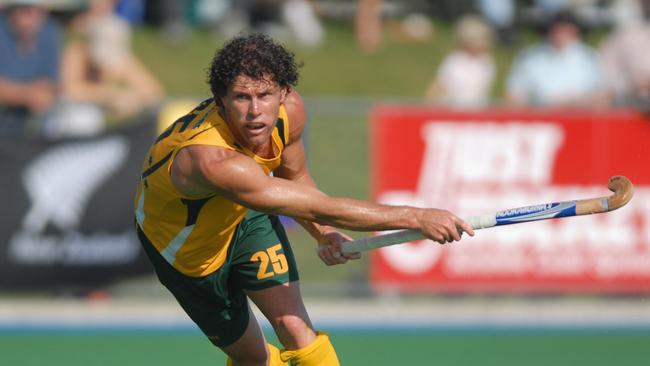
Arguably the most successful sportsperson to come out of the Clarence Valley, Livermore’s collection of hockey medals would be the envy of any athlete.
A rising star in the Grafton’s hockey scene as a teenager, Livermore first represented NSW at 15 and made his debut for Australia in 1997, the same year that he took the Australia under 20s team to World Cup gold.
Over the course of his career the midfielder played 318 games for the Kookaburras, was named Australia player of the year in 2001 and was twice nominated for the international player of the year.
Having picked up 10 Champions’ Trophy medals over the years, including gold in 1999, 2005 and 2009, Livermore was the first hockey player to win three Commonwealth Games gold meals and won gold at the 2004 Athens Olympics.
Not one to walk away from the game, after retirement Livermore has given back to hockey, working as a coach for the NSW Institute of Sport and with a number of junior athletes in the state.
Donna Lobban (nee Urquhart)

One of Australia’s most celebrated female squash players, Lobban is a three-times Commonwealth Games medallist whose private life is inextricably connected to the sport.
The cousin of champion squash player Cameron Pilley, whose family ran the local squash club, Yamba local Lobban showed incredible potential as a junior.
Lobban then established herself as one of the sport’s best players, reaching a career-high world ranking of 13 in 2011 and picking up seven titles throughout her professional career.
At the 2010 Commonwealth Games in Delhi, Lobban paired up with Kasey Brown to win bronze in the women’s doubles. She claimed another bronze in the women’s doubles with Rachel Grinham on the Gold Coast in 2018, before achieving arguably her finest career moment: gold in the mixed doubles with Pilley.
But Pilley isn’t the only family member Lobban has shared a court with.
In August this year the 35-year-old faced off with her husband, the Scottish professional squash player Greg Lobban, in the quarter finals of mixed doubles at the Commonwealth Games in Birmingham, prevailing in three sets on her way to a fourth-placed finish.
During the match Donna accidentally copped a stray racquet to the back of her leg from her husband. However, luckily for Greg, Donna didn’t take it to heart.
“We’re not signing divorce papers after that - I think we’re still alright,” she told the media after the match.
Leila Muir
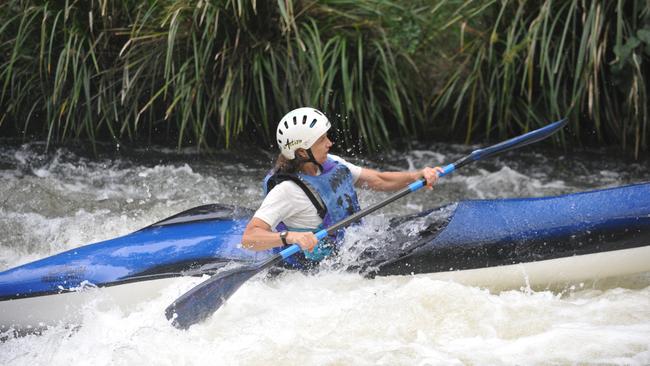
Kayak champion Leila Muir is a prime example of how simply giving things a go, combined with a boatload of determination, can take you to the very top in sport.
Muir’s connection to kayaking actually started when she met her husband Steve, a kayaker since childhood.
Not content with waiting in the car while all the boys had the fun, Leila took up paddling herself, with most of her training taking place on the Clarence River around Susan and Elizabeth Islands.
After plenty of bumps and bruises in the early days, Leila progressed so much that in 1990 both she and Steve won the Australian wildwater racing titles, held on their local course of Goolang Creek, just outside of Nymboida Power Station.
Remarkably, both Leila and Steve went on to win four Australian open division titles, with Leila adding another three over-35 gold medals to her haul and representing Australia at the world titles in 1990 and 1999.
But the pair’s contribution to kayaking isn’t restricted to competing. The couple run South Grafton’s Grafton Paddle Sports, where they design and manufacture racing kayaks and high-performance paddles, ensuring that the next generation of kayakers have the best equipment when they hit the water.
Tony Mundine

Born in the indigenous community of Baryulgil, Tony Mundine – much like his son, Anthony – first hit the headlines on the rugby league field.
A talented centre three-quarter, Mundine attracted plenty of attention playing in Grafton and in 1968 was offered to join the Redfern All Blacks team at the tender age of 17.
The move would prove life changing, but it was ultimately on the canvas rather than the football field where Mundine made his name.
Taking up boxing training in between seasons to keep fit, Mundine made a successful career out of his hobby and became one of Australia’s most celebrated indigenous sports stars, donning the gloves in 95 bouts over the course of his 15-year career, winning 80, including 65 by knockout.
He was a two-time Commonwealth champion and four-time Australian champion across multiple weight divisions.
Later, he trained his son, Anthony, during his illustrious boxing career.
Mundine has also long been a champion for his culture and community. After retirement he opened The Gym at Redfern, which sought to keep kids off the streets, while he also fought for compensation for those from his hometown affected by asbestos mining.
Kevin Nichols
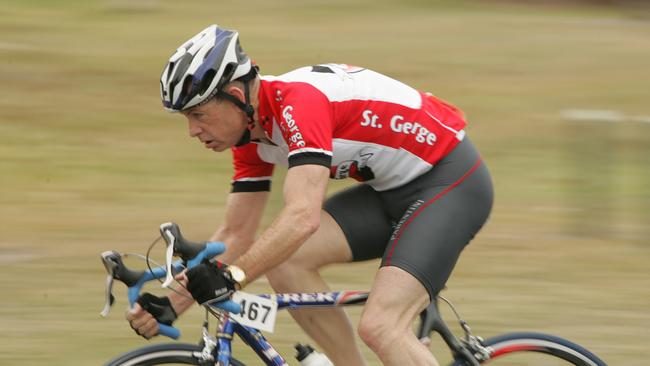
In a city with a long and proud cycling history, Olympic and Commonwealth Games champion Kevin Nichols is arguably Grafton’s greatest cyclist product.
Born in Grafton in 1955, Nichols first burst onto the world stage as a fresh-faced 19-year-old at the 1974 Commonwealth Games in Christchurch, where he won silver in the 4000-metre Team Pursuit event.
He went one better in Edmonton in 1978, claiming gold in the same event, before becoming a three-time Commonwealth Games gold medallist in Brisbane four years later when he once again claimed the Team Pursuit, as well as the 10 Mile Scratch Race.
A three-time Olympian, Nichols put the disappointment of his first two games’ experiences behind him to win gold in the 4000-metre Team Pursuit event in Los Angeles in 1984.
The team, dubbed “Charlie’s Angels” on account of being coached by Charlie Walsh, were the first Australian cyclists to win Olympic gold since 1956.
Nichols also proved that he could cut it outside the velodrome – and over longer distances – by winning the famous Goulburn to Sydney Classic in 1993.
His passion for cycling also rubbed off on his daughter Kate, who enjoyed a successful cycling career of her own during the 2000s.
Rodney Nugent
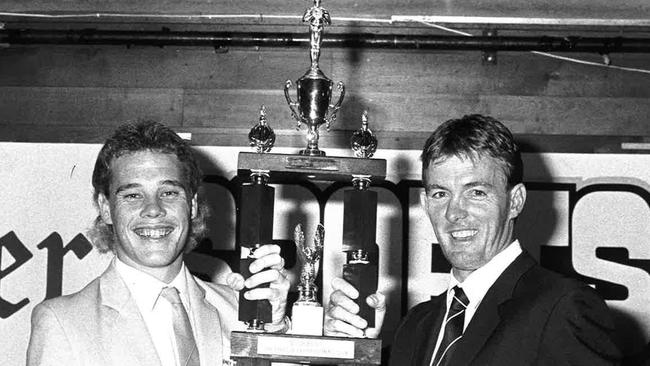
When it comes to medals won, titles and awards collected, there is perhaps no better celebrated athlete from the Clarence Valley than Rodney Nugent.
As a kid growing up in Grafton, Nugent was into all sports, with a particular preference for soccer and cricket.
However the 55-year-old’s illustrious sporting career, which includes five athletics gold medals and three bronzes across two Paralympic Games, would not have panned out the way it did if not for a terrible accident.
At 15, Nugent lost the lower part of his right arm after an industrial accident with a mincing machine.
Nugent switched his focus to athletics, and in the Seoul 1988 Paralympics he picked up four golds and three bronzes across long jump, triple jump, relay, high jump and sprint events.
Two years later at the world championships in Assen, the Netherlands, Nugent claimed two gold, two silver and a bronze as part of his five-medal haul.
He backed this up with another gold in the men’s 4 x 100 metre relay in Barcelona Olympics in 1992 to cap off a remarkable career.
Back home, Nugent’s success was highly celebrated, with the all-round athlete winning the Daily Examiner Sports Star of the Year in three consecutive years, from 1986-1988.
In recent times, Nugent has become a passionate supporter of regional sport and mental health awareness, especially in his hometown.
Cameron Pilley
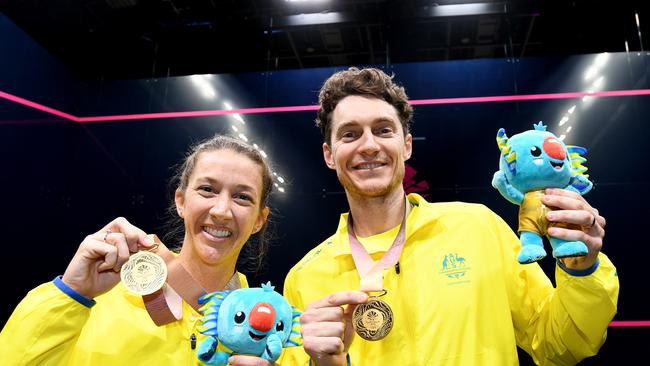
Born into a squash-mad family and blessed with 192 cm of natural height, it’s no wonder Yamba’s Cameron Pilley climbed to the pinnacle of the sport.
With his parents regulars in local tournaments, Pilley first picked up a racket at two. He played his first tournament at six, and then as if squash hadn’t been central enough to his life at this point, his parents bought the local family-run squash club when he was eight.
After becoming a junior national champion, Pilley then went on to take out 15 professional tournaments victories.
He won three golds, a silver and a bronze at the World Doubles Championships over the years and then claimed three consecutive Commonwealth Games gold medals in the doubles in 2010, 2014 and 2018.
The last of those was arguably the most special, teaming up with cousin and fellow Yamba local Donna Lobban to claim gold in the mixed doubles just up the road from home, on the Gold Coast in 2018.
Aside from his tournaments wins, Pilley also hold the world record for the fastest squash serve, at a whopping 177 miles per hour.
Henry Searle

Perhaps one of Grafton’s greatest ever athletes, Searle is also likely to be the Clarence Valley’s first ever world champion.
Born in Queen St, Grafton, on 14 July 1866, the ‘Clarence Comet’ grew up in the early days of European settlement in the area, in an era where boats were essential for both travel and the transportation of goods.
As a young man Searle, whose family later moved to Esk Island, quickly gained a reputation as a skilled sculler, and in January 1888 he comfortably won a regatta at Mountain View which had a purse of £150.
After moving to Sydney and winning a series of races, on 27 October 1888 Searle took on world champion sculler Peter Kemp on the Parramatta River in a £500 race.
Searle swept aside Kemp by around 20 lengths in the 4.8 km race, thus becoming world champion. So famous was the victory that a marble column monument was erected (and still stands) on the finishing line of the course.
After gaining global attention, Searle then travelled to England to accept a challenge from Canadian champion WJ “Bill” O’Connor, who had beaten the best in both the US and England.
The 7.2-km race from Putney to Mortlake on the River Thames was purportedly watched by a crowd of 100,000 people, with Searle winning by six lengths and claiming the £1000 in winnings.
After the victory Searle decided to return to Australia. However in a tragic twist that has claimed the lives of a number of Australia’s greatest sports stars, on the way home he contracted typhoid, and died on 10 December 1889 at Melbourne’s Williamstown Sanatorium, aged just 23.
While his career was only brief, Searle created quite a legacy for rowing in the region.
Jimmy Skinner, one of Searle’s descendants, was an Australian champion sculler, Evan Fischer, whose grandmother was Searle’s sister, became a world champion rower in the 1950s, while national champion Cheryl Everson was also a descendant.
Brian Smith
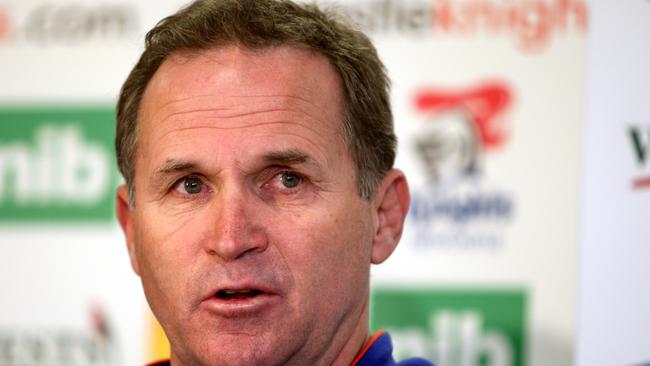
An iconic name in rugby league, Smith’s sporting prowess came more with the clipboard in hand rather than the football.
Born in Maclean, the young Smith grew up on dairy farms in Southgate and Cowper, with his father often taking him to Grafton on a Sunday to watch the football.
His career as a player really took off when he moved to Casino in his late teens, and Smith, a halfback, made 31 first grade appearances for St George and South Sydney in the NSWRL between 1974 and 1979.
Not done with rugby league, Smith then embarked on a near 40-year coaching career in Australia and England that saw him carry the clipboard into 680 games.
One of the most respected coaches in rugby league, Smith was perhaps also one of the unluckiest, losing four ARL/NRL grand finals with St George (in both 1992 and 1993), Parramatta (2001) and the Sydney Roosters (2010).
While Smith might have finished professional coaching in 2016, his legacy continues. His younger brother Tony has been a longtime coach in the UK Super League, while his sons Keegan and Rohan have both worked as coaches within NRL clubs.
Graham Wilson
A hard-running, tough-tackling forward, Grafton’s Graham Wilson reached the pinnacle in rugby league in the 1960s, and even managed the rare distinction of representing two different countries in the same year.
Born in 1939, Wilson made his first grade debut for Newtown in 1960. A metre-eater who could hit hard in defence, he became a fan favourite at Henson Park, and was rewarded with selection in the NSW team in 1963, for whom he played four matches.
1963 proved to be Wilson’s most eventful year in rugby league.
After playing for City against the touring South African side, the tourists then invited Wilson – who did not have South African heritage – and Canterbury hooker Fred Anderson to join them on their New Zealand leg of the tour to bolster their injury-ravaged forward pack.
It meant that he represented South Africa before playing for his home country.
He didn’t have to wait long to become a dual international, though. Later that year, Wilson was selected for the 1964-64 Kangaroo tour of Great Britain and France, where he played two tests and 16 tour matches.
In 1967 Wilson joined Cronulla for the final three seasons of his career.
His rugby league lineage lived on, with two of his sons, Allan and Craig, playing first grade football in the NSWRL.
Wilson died in Sydney in 2005, aged 66, and three years later was named in the second row in Newtown’s team of the century.



